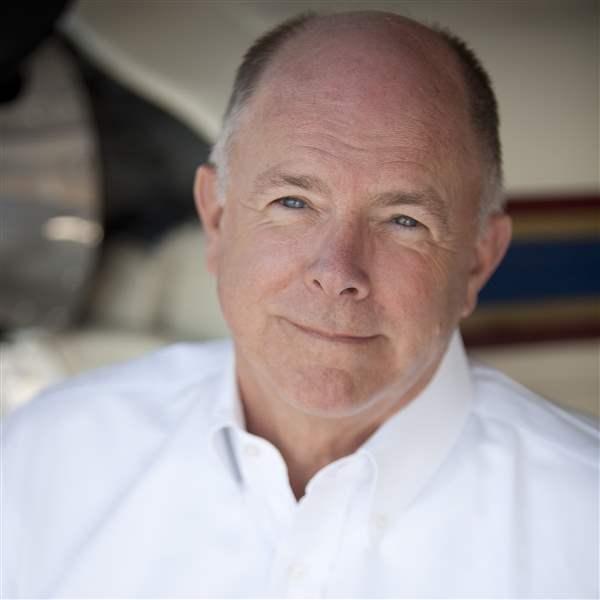A high-five for the Hy4
Pipistrel heads up new hydrogen-powered design
European consortium MAHEPA (Modular Approach to Hybrid Electric Propulsion Architecture) announced that it had a successful first flight of its four-seat Hy4 aircraft. The Hy4 is powered by a hybrid propulsion system that includes hydrogen fuel cells and an electric motor. The flight took place at the Maribor Airport in Slovenia.

MAHEPA’s goal is to demonstrate and showcase technologies that can produce long-endurance, zero-emission flights using hydrogen or alternative fuels. The initiative is part of the European Green Deal, a program established by the European Union. A MAHEPA statement said that the Hy4 flight showed that the aircraft’s powertrain was capable of upgrading to the megawatt level, which would ultimately support the goal of powering air taxi, general aviation, and regional aircraft of “up to 40 seats and a range of 2,000 km [about 1,080 nautical miles].” MAHEPA said that the Hy4 is “the most powerful hydrogen fuel cell driven aircraft ever made.”
Support for the Hy4 comes from the European Commission, the German Federal Ministry of Transport and Digital Infrastructure, the German state of Baden Württemberg, the Stuttgart airport, and other agencies.
Other Hy4 design partners included Compact Dynamics, DLR, H2Fly, Politecnico di Milano, TU Delft, University of Maribor, and University of Ulm.



